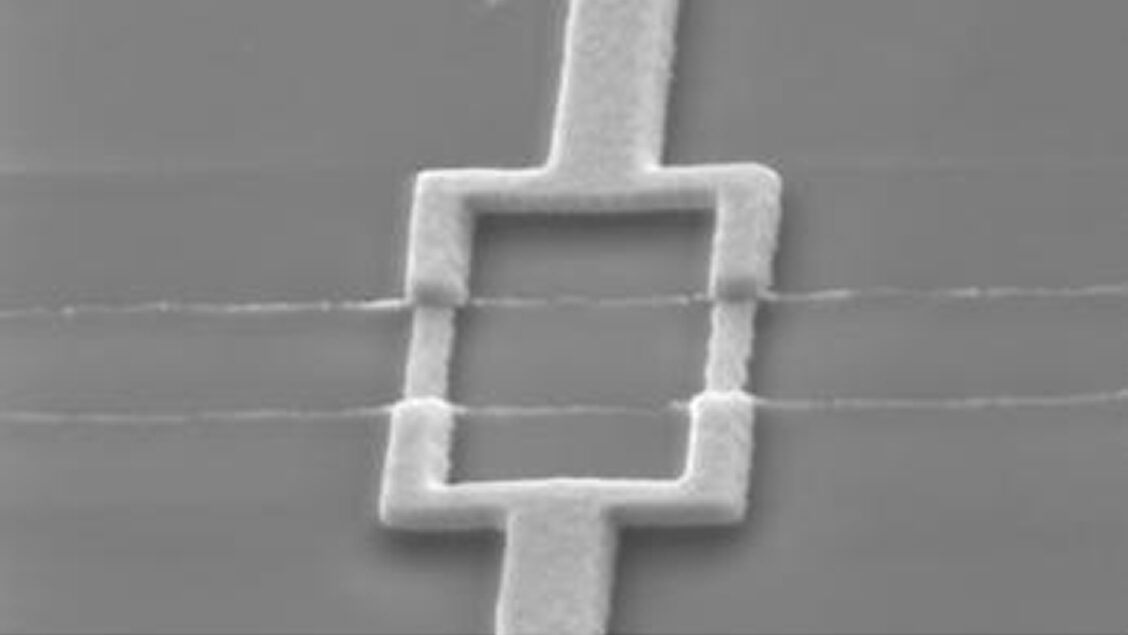Project ERC Ballistop : Revealing 1D ballistic charge and spin currents in second order topological insulators
One of the greatest recent achievement in Condensed matter physics is the discovery of a new class of materials, Topological Insulators (TI), whose bulk is insulating, while the edges conduct current in a quasi-ideal way. In particular, the 1D edges of 2DTI realize the Quantum Spin Hall state, where current is carried dissipationlessly by two counter-propagating ballistic edge states with a spin orientation locked to that of the propagation direction (a helical edge state). This opens many possibilities, ranging from dissipationless charge and spin transport at room temperature to new avenues for quantum computing. The aim of our project is to investigate charge and spin currents in a newly discovered class of TIs, Second Order Topological Insulators (SOTIs), i.e. 3D crystals with insulating bulk and surfaces, but perfectly conducting (topologically protected) 1D helical “hinge” states. Bismuth, despite its well-known semimetallic character, has recently been shown theoretically to belong to this class of materials (see Fig.1), explaining our recent intriguing findings on nanowires and nanorings (see Fig2). Other materials are also now investigated in our group bismuth bromide and tungsten di tellurides.
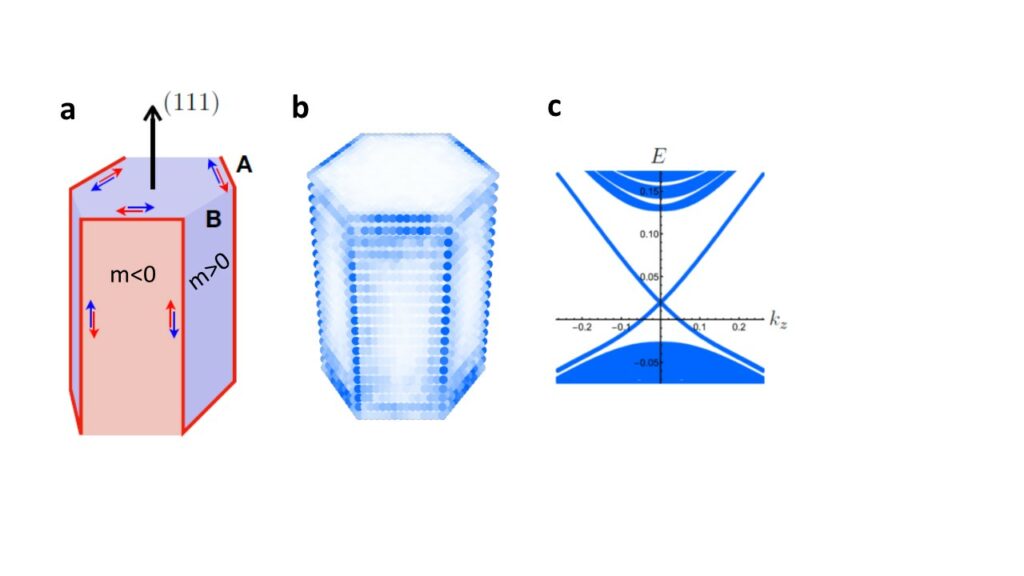
Our goal is to reveal, characterize and exploit the unique properties of SOTIs, in particular the high velocity, ballistic, and dissipationless hinge currents. We probe crystalline bismuth samples with refined new experimental tools. The superconducting proximity effect reveals the spatial distribution of conduction paths, and test the ballisticity of the hinge modes (that may coexist with non-topological surface modes). High frequency spectroscopy and noise measurements conducted on hybrid superconductor/ normal circuits probe their topological nature. We use high sensitivity magnetometers to detect the orbital magnetism of SOTI platelets, which should be dominated by topological edge currents.
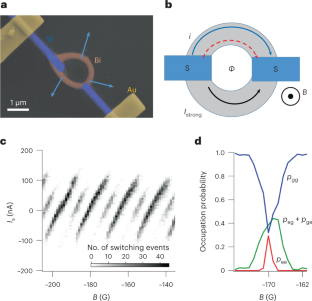
(brown), with superconducting tungsten contacts (blue) and gold leads (yellow). The blue arrows indicate
the crystalline [111] axis. b) Sketch of the ring showing the bottom branch with high critical current (Istrong) and
top branch with a supercurrent (i) carried by two helical Andreev states shown by the solid blue and dashed
red lines. S indicates the superconducting contacts and Φ is the flux induced by the applied magnetic field
c) Distribution of the measured switching currents (IS) for a current ramp frequency of 17 Hz, the greyscale
indicates the number of switching events. d) Extracted probabilities that the Andreev hinge states are both
in the ground state (pgg, blue), both excited (pee, red) or one ground and one excited (peg + pge, green).
Funding Agencies
 |  | 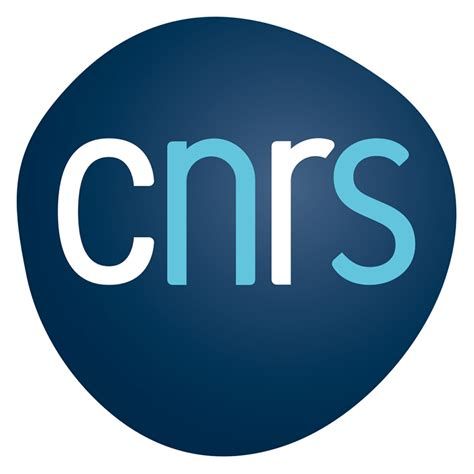 | 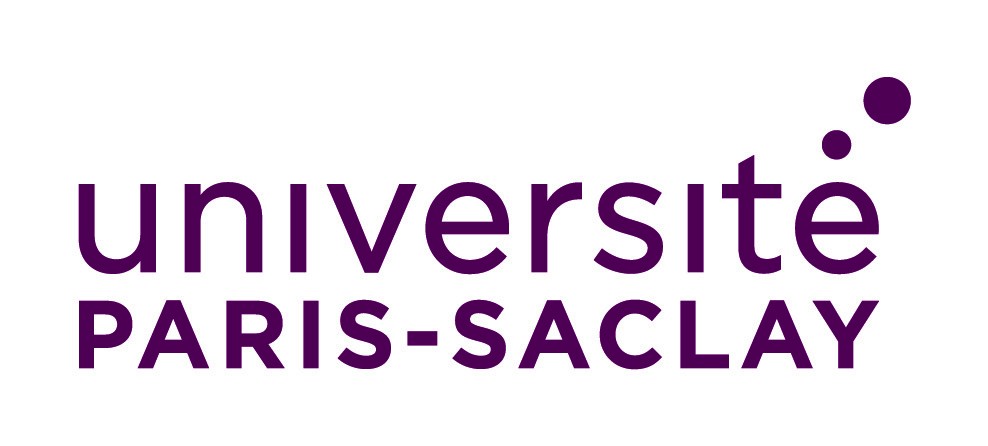 |
 | 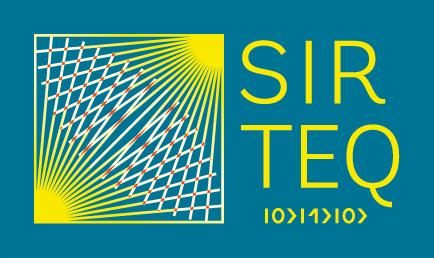 |  |  |
